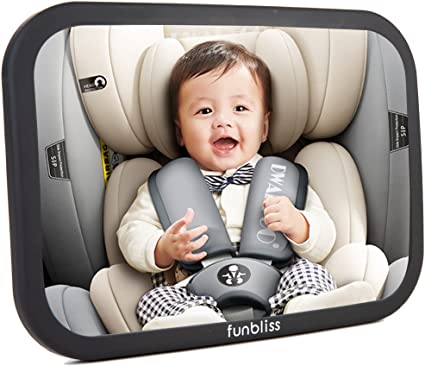On the Road: Baby Health Tips for Long Car Rides

The arrival of a new baby fills our hearts with joy and love, yet it also brings about numerous questions, especially for first-time parents. Traveling with your new-born? More and more mothers have no choice but to drive post-delivery. In this article, we will explore important health considerations, practical tips, and best practices for ensuring the safety and wellbeing of both mother and baby during longer car journeys.


Is it safe to have a baby in a car for longer travels?
Babies can indeed travel by car, ideally for 30 min. Travelling for extended periods, requires careful planning and multiple precautions to keep your new-born safe and comfortable.
According to the American Academy of Paediatrics, the safest place for a new-born during a car ride is in a rear-facing car seat in the back seat. However, experts also advise limiting the time a baby spends in a car seat when not actually traveling, as prolonged periods can lead to positional asphyxiation. While three hours of driving per day may be manageable, it should be segmented into shorter stints with breaks to ensure the baby is not continually in the car seat.
New-borns have limited neck strength and may face difficulty supporting their head in a moving vehicle. Extended periods in a car seat may lead to oxygen desaturation due to compromised respiratory mechanics. Regular breaks to take the baby out of the car seat, change diapers, and allow the baby to move freely can mitigate these risks.
Planning for breaks during the journey can be challenging, especially when considering feeding times, diaper changes, and potential traffic or road conditions. Furthermore, newborns’ sleep schedules are erratic and unpredictable, potentially leading to a fussy baby during travel.


What to consider when on the road with your baby?
As much as the baby’s safety is paramount, the mother’s wellbeing should not be overlooked. The physical toll of childbirth may linger for weeks or months, and the emotional and mental adjustments can be equally challenging.
Many new mothers experience significant sleep deprivation, which can impair driving ability. The National Highway Traffic Safety Administration (NHTSA) reports that drowsy driving is a serious problem that leads to thousands of vehicle crashes each year. If you’re a new mother experiencing sleep deprivation, it’s crucial to avoid long periods of driving until you’re sufficiently rested.
Women who have undergone a cesarean section may find it particularly uncomfortable to drive long distances shortly after childbirth. The mother’s physical comfort should be a top priority, and sufficient time should be allowed for recovery before undertaking long drives.
When is the best age for a baby to go on longer road trips?
There’s no hard and fast rule about the perfect age to start taking children on longer trips. However, it may be best to wait until the child can sit upright unsupported and has a more predictable feeding and sleeping routine. Generally, this tends to be around six months of age. However, every child is unique, and parents should make this decision based on their child’s individual temperament, health, and comfort.
While it’s possible to undertake long car rides with a newborn or postpartum mother, it’s vital to take a multitude of factors into account, including the baby’s health, the mother’s recovery, and the practical logistics of the journey. Remember, safety should always be the priority, and when in doubt, consult your healthcare provider for personalized advice.
The joyous journey of parenthood needn’t be dampened by travel restrictions, but rather adapted to embrace the new addition to your family. Happy and safe travels!
Do you want to share your story and inspire our readers ? Know that every story is paving the way for a brighter, happier future.







